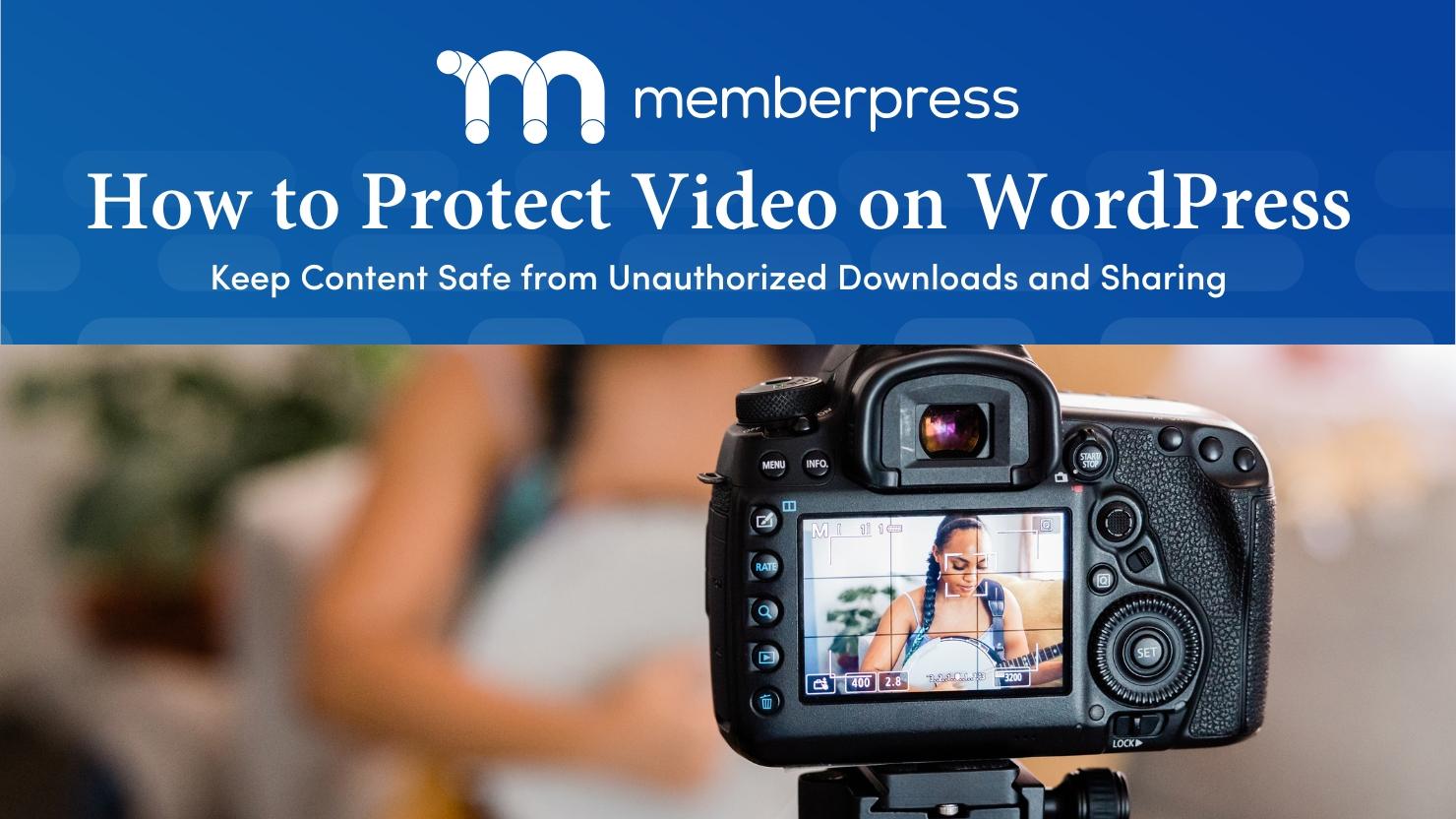Saiba como manter seu conteúdo de vídeo protegido e onde ele deve estar: dentro de seu site de associação, atrás de um paywall e em sigilo!
Se você está criando conteúdo de vídeo que as pessoas pagam para acessar, já sabe quanto tempo, esforço e dinheiro são necessários para produzi-lo.
Esse material é valioso. Ela faz parte de sua marca. E se você estiver criando um negócio em torno dela, sua receita dependerá de ela estar protegida e ser exclusiva para assinantes pagos.
O WordPress torna incrivelmente fácil publicar esse conteúdo e organizá-lo da maneira que você desejar.
Mas quando se trata de manutenção esse conteúdo por trás de um paywall e em segredo, é preciso mais do que apenas carregar um vídeo em uma página e encerrar o dia.
Isso não significa que você precise complicar demais as coisas. Mas significa que, se estiver confiando em configurações básicas ou esperando que as pessoas "façam a coisa certa", você pode estar deixando seu conteúdo um pouco exposto demais.
Nesta postagem, veremos onde a maioria das configurações de proteção de vídeo é insuficiente, o que torna a proteção de conteúdo de vídeo diferente de outros tipos de conteúdo e o que você pode fazer para realmente manter seus vídeos seguros.
Vamos começar com a grande pergunta: por que isso é importante?
Por que você PRECISA proteger seu conteúdo de vídeo
É claro que os plagiadores e piratas são uma ameaça, mas a grande maioria das pessoas que compartilham abertamente seus vídeos exclusivos não está realmente tentando "roubar seu conteúdo".
Mas se você deixar a porta aberta, verá que seus vídeos vazam onde não deveriam.
Aqui está o que você está enfrentando:
- O compartilhamento de links acontece. Um membro pagante copia o URL do vídeo e o publica em um fórum ou bate-papo em grupo. Bum! Seu conteúdo premium passa a fazer parte do domínio público.
- Amigos "prestativos" adoram compartilhar. Até mesmo assinantes bem-intencionados podem passar seus vídeos para alguém que "realmente precisa". Suas intenções podem ser boas. O impacto? Nem tanto.
- A exclusividade é afetada. Quando seu conteúdo pode ser facilmente acessado ou compartilhado, ele deixa de parecer premium. Isso prejudica a sua marca e o que você está tentando construir.
- Você perde o controle rapidamente. Uma vez que o URL de um vídeo é divulgado, não há uma maneira fácil de contê-lo novamente. Principalmente se você estiver usando hospedagem básica de vídeo ou opções de incorporação padrão.
Impedir que seus membros compartilhem seus vídeos exclusivos não é irracional, nem você está tentando dificultar a vida deles.
Você merece preservar o valor de seus vídeos e honrar o tempo, a energia e o conhecimento que foram empregados na criação deles.
Por que as proteções padrão não são suficientes para o vídeo
Se você já Configurar um site de associaçãoSe você não tem um computador, é provável que tenha pelo menos alguma proteção. Talvez você esteja usando um plug-in para restringir o acesso para determinadas páginas. Talvez você tenha ocultado seus vídeos por trás de um login. Ótimo começo.
Mas é aqui que o vídeo se torna um pouco complicado: ele não fica dentro de sua página do WordPress.
Pode parecer que sim: seu membro faz login, pressiona play e o vídeo é transmitido ali mesmo.
Mas, nos bastidores, esse vídeo está sendo hospedado em outro lugar. E, dependendo de como é entregue, o URL do vídeo pode ser copiado, compartilhado ou incorporado no site de outra pessoa com muito pouco esforço.
Algumas lacunas comuns:
- Proteção de página ≠ proteção de vídeo. Os plug-ins de associação protegem o páginae não o real arquivo de mídia. Se alguém souber como pesquisar o código-fonte ou usar ferramentas básicas do navegador, poderá encontrar o URL do vídeo diretamente.
- As incorporações podem ser sequestradas. Sem as configurações corretas, alguém poderia incorporar seu player de vídeo em um site completamente diferente. Basicamente, essa pessoa estaria transmitindo seu conteúdo do seu servidor para o público dela.
- As ferramentas de download estão por toda parte. As extensões de navegador e os gravadores de tela tornam incrivelmente fácil extrair uma cópia do seu conteúdo, a menos que o vídeo esteja devidamente criptografado ou protegido.
- Os links não listados não são privados. Se você está hospedando no YouTube ou no Vimeo e depende de links não listados, pode achar que está protegido. No entanto, esses links podem ser facilmente compartilhados e, uma vez divulgados, eles ficam fora do ar.

A proteção de conteúdo padrão é criada para artigos e páginas estáticas, mas o vídeo é um animal diferente. Ele é transmitido, é hospedado em outro lugar e requer uma abordagem diferente se você quiser mantê-lo realmente bloqueado.
A primeira linha de defesa: MemberPress
O MemberPress oferece uma base sólida para proteger seu conteúdo. Com ele, você pode criar regras que limitam o acesso a páginas, posts, cursos e até mesmo conteúdo em uma página ou post.
Para conteúdo de vídeo, isso significa que você pode publicar seus vídeos em páginas somente para membros, mantendo-os fora do alcance do público em geral.
Se alguém tentar acessar a página sem fazer login? Ele será bloqueado. Simples e eficaz.
Você também pode Goteje seu conteúdo ao longo do tempoA mídia é um meio de comunicação que ajuda a aumentar a visibilidade, lançando vídeos gradualmente em vez de todos de uma vez. Isso ajuda tanto com engajamento dos membros (não há consumo excessivo e fuga), mas também limita a quantidade de conteúdo que um único usuário pode compartilhar se tentar repassá-lo.
Mas quando se trata especificamente de vídeo, há um aspecto importante a ser entendido: o MemberPress protege o páginae não o jogador.
Quando um membro entra, o vídeo pode ser reproduzido e, dependendo de como está hospedado ou incorporado, também pode ser copiado, compartilhado ou baixado.
Como um plug-in de associação e LMS, o MemberPress faz exatamente o que deve fazer: controlar o acesso ao seu conteúdo. Mas para proteção total para vídeo, ele funciona melhor como parte de uma configuração de duas partes.
Proteja seu conteúdo de vídeo com o VdoCipher
Portanto, o MemberPress controla quem acessa seu conteúdo de vídeo pela primeira vez, mas quando alguém entra, o que o impede de copiar o que está na tela?
Existem soluções para fazer exatamente isso! E uma de que gostamos particularmente é VdoCipher.
VdoCipher é uma plataforma segura de hospedagem e fornecimento de vídeos criada especificamente para impedir que seus vídeos sejam baixados, compartilhados ou incorporados sem a sua permissão.
Ao contrário dos hosts de vídeo padrão, ele não depende da obscuridade ou de URLs não listados. Ele usa criptografia real e DRM (gerenciamento de direitos digitais) para proteger seu conteúdo durante a reprodução.

Veja como isso se parece na prática:
- Bloquear o download de vídeos por um downloader ou plug-in graças ao streaming criptografado.
- Impeça a captura e o compartilhamento de telas com a marca d'água dinâmica do VdoCipher, que sobrepõe as informações do usuário para que você possa rastrear os infratores.
- Definir restrições de domínio para que seus vídeos só possam ser reproduzidos em seu sitee não incorporado em outro lugar sem o seu conhecimento.
O vídeo acima mostra exatamente como esses recursos são na prática quando usados em conjunto com o MemberPress.
Esse nível de proteção significa que, mesmo que alguém tente remover seu player de vídeo ou bisbilhotar o código-fonte, não conseguirá ir muito longe.
Em resumo...
Se o conteúdo de vídeo desempenha um papel importante em sua empresa, protegê-lo faz parte do trabalho. Para alguns, a ideia de "segurança de vídeo" pode parecer técnica ou pesada, mas não precisa ser assim.
O MemberPress já lhe oferece uma excelente base para controlar quem vê seu vídeo em primeiro lugar.
Você pode definir regras, conteúdo de gotejamento e estruturar uma experiência de associação que faça sentido para o seu público. Isso, por si só, já é um grande passo para manter seu conteúdo em seu devido lugar.
Mas o vídeo é escorregadio. Quando alguém aperta o play, você ainda precisa de algumas proteções. O VdoCipher é exatamente a ferramenta que você procura.
Ele lida com: criptografia, marca d'água, proteção de reprodução - tudo o que você não quer ter que pensar toda vez que carrega um vídeo no seu site.
Junte as duas coisas e você terá uma configuração inteligente e sólida. Seus vídeos ainda são fáceis de serem assistidos pelos membros, mas muito mais difíceis de serem alterados por outras pessoas.
Juntos, eles cobrem os dois lados da equação: quem pode entrar e o que pode fazer quando estiver lá.
Se você já se esforçou para criar um conteúdo de vídeo de alta qualidade, vale a pena configurar as coisas para que ele permaneça protegido. Para sua empresa, seus membros e sua paz de espírito.

Obtenha o MemberPress hoje mesmo!
Comece a ser pago pelo conteúdo que você cria.
Tem dúvidas sobre como proteger seu conteúdo de vídeo ou descobriu uma configuração excelente que está funcionando para você? Deixe um comentário abaixo. Gostaríamos muito de ouvir sua opinião!
Se você achou este artigo útil, siga-nos em Facebook, Twitter, Instagrame LinkedIn!
E não perca a próxima! Inscreva-se na seção caixa para a direita.













Precisamos de um software de segurança para proteger o gerenciamento de conteúdo do nosso vídeo contra download, cópia, ......etc.
Oferecemos esses vídeos apenas para fins de aprendizado, para qualquer pessoa que queira assisti-los para fins de aprendizado, mas não para baixar ou gravar.
Saudações,
Muito obrigado pelas ótimas informações.
Uma pequena pergunta: também é possível usar o YouTube em vez do Vimeo? Eles também têm itens como segurança em nível de domínio e proteção contra compartilhamento de links?
Cordiais cumprimentos
Olá, Ben, sim, você pode usar vídeos do YouTube em uma página e depois proteger essa página. No entanto, é muito mais fácil para um de seus membros encontrar e compartilhar um URL do YouTube. Já com o Vimeo, você pode ter mais controle sobre a proteção do vídeo.